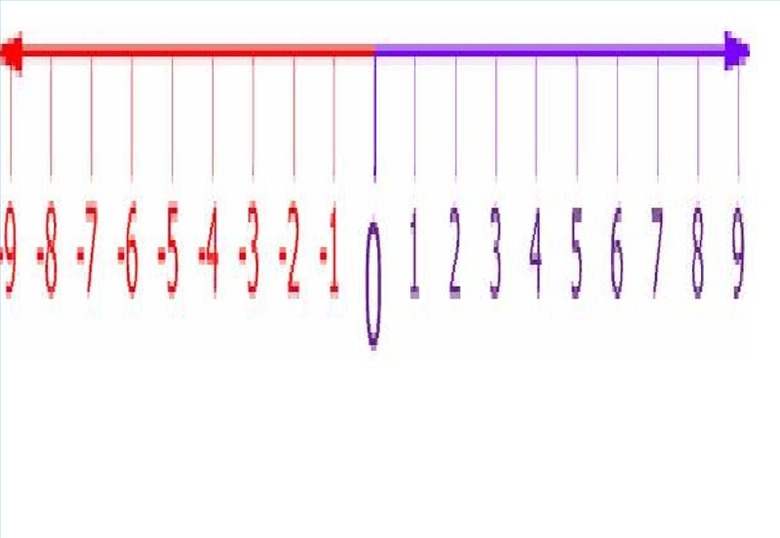How To Use A Number Line
Number lines are used to help children learn to add and subtract simple numbers. This method of learning math helps a child to visualize how numbers work and when used in conjunction with other math manipulative and written numbers, help children to learn addition and subtraction quickly.
Step 1
Start drawing the number line by making a straight line. Try this on graph paper or across the lines on line paper.
Step 2
Write a number at each point where the lines cross the line you drew. Numbers of course would be 1, 2, 3, 4, 5, and so on. If you are working with negative integers, start with writing 0 in the center and 1, 2, 3, 4, 5, on the right side of the zero and with negative numbers on the left side of the zero (...-5, -4, -3, -2, -1).
Step 3
To add, find the starting number on the number line, and then count to the right the number of spaces you are adding. For example, if the problem is 5 + 3, you would start at 5 and move three spaces to the right ending on 8, which is your answer. Likewise, if the problem is -5 + 3, you would start at the -5 (negative 5) and move three places to the right, landing on -2 (negative 2), which is your answer.
Step 4
To subtract, find the starting number on the number line and then count to the left the number of spaces you are subtracting. For example, if the problem is 5 – 3, you would start at the 5 and count three spaces to the left landing on 2 which is the answer. Similarly, if the problem is -5 – 3, you would start at the -5 (negative 5) and move three spaces to the left, landing on the -8 (negative 8) which would be your answer.
Step 5
You can also teach multiplication using a number line. You would of course start by making a longer number line. You would start at the number 0 (zero), and then skip count by the first number in your problem, the number of times the second number in your equation indicates. For example, if the problem in 5 X 3, you would start at the 0 (one) and move five numbers to the right three times. So you would land on the 5, then the 10, and finally on the 15. Fifteen would be the correct answer.
TL;DR (Too Long; Didn't Read)
Number lines should be used to teach new concepts and not for advanced lessons with larger numbers as you are more prone to errors when using a number line for large numbers.
Cite This Article
MLA
Hermitt, Andrea. "How To Use A Number Line" sciencing.com, https://www.sciencing.com/use-number-line-2282192/. 24 April 2017.
APA
Hermitt, Andrea. (2017, April 24). How To Use A Number Line. sciencing.com. Retrieved from https://www.sciencing.com/use-number-line-2282192/
Chicago
Hermitt, Andrea. How To Use A Number Line last modified August 30, 2022. https://www.sciencing.com/use-number-line-2282192/
